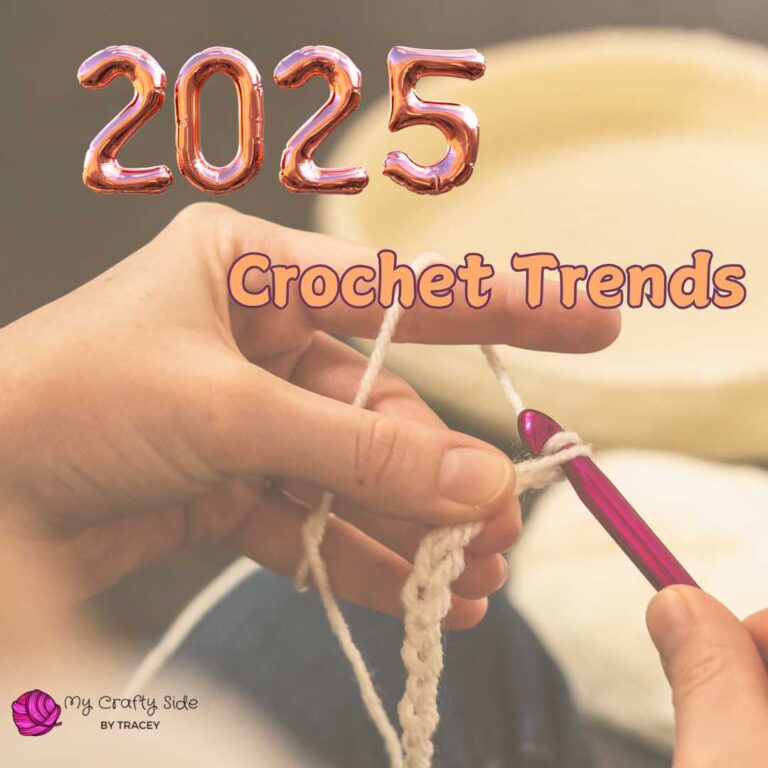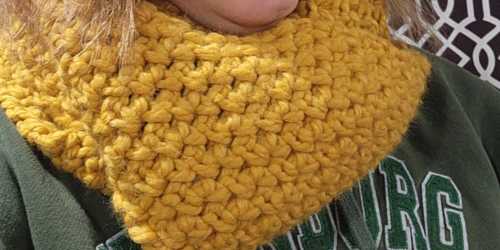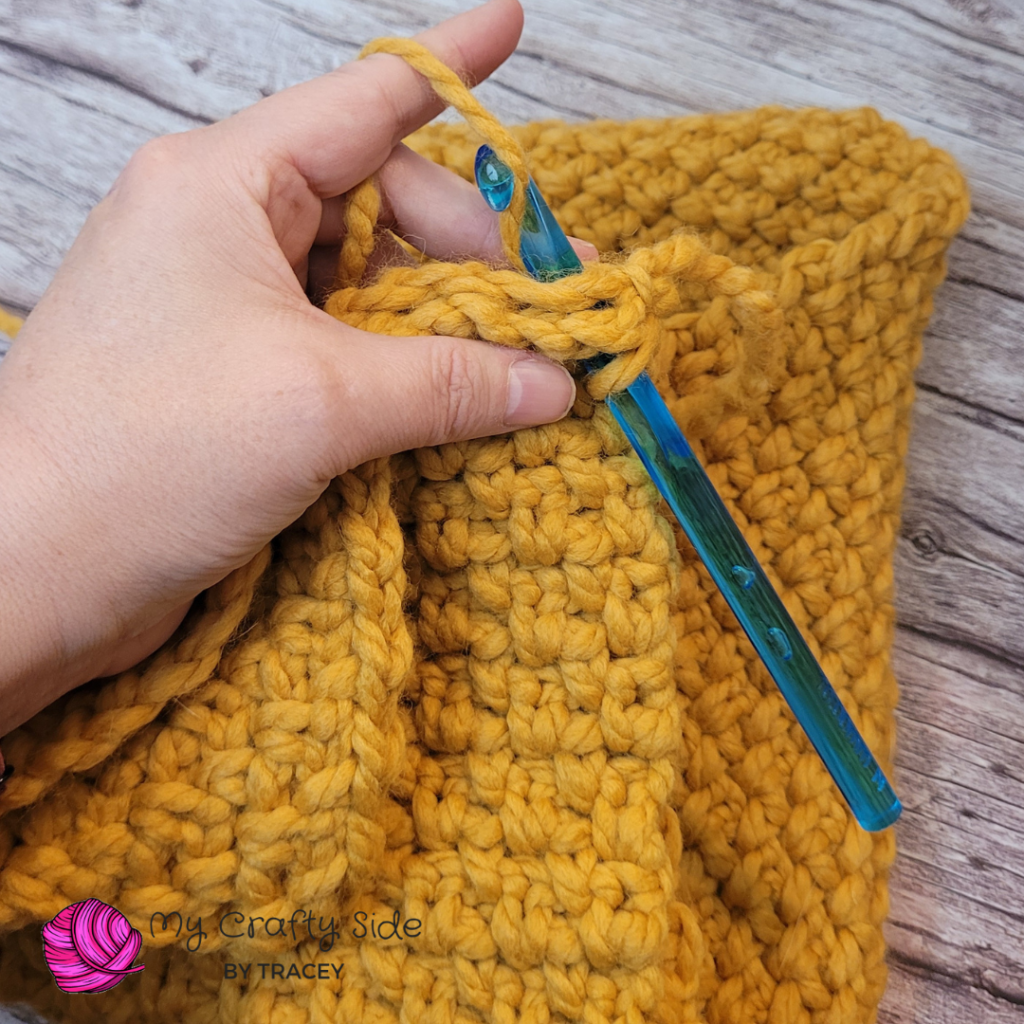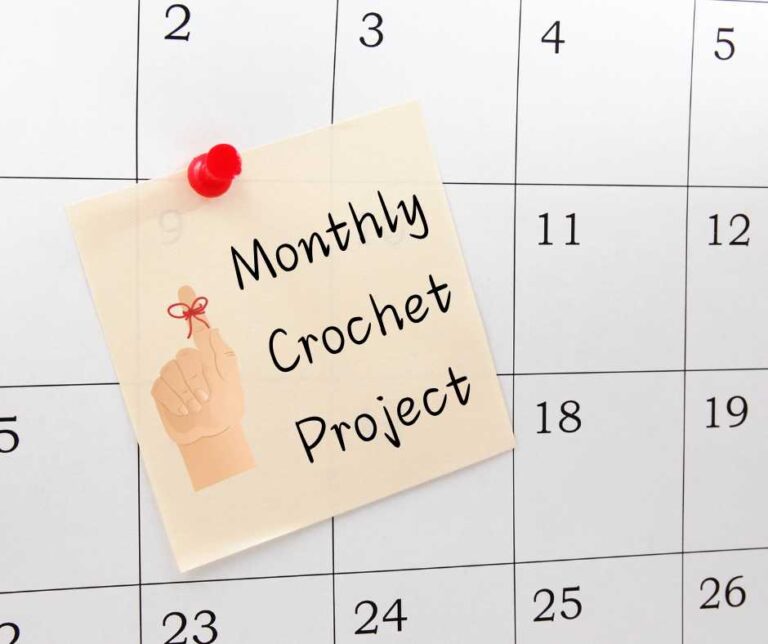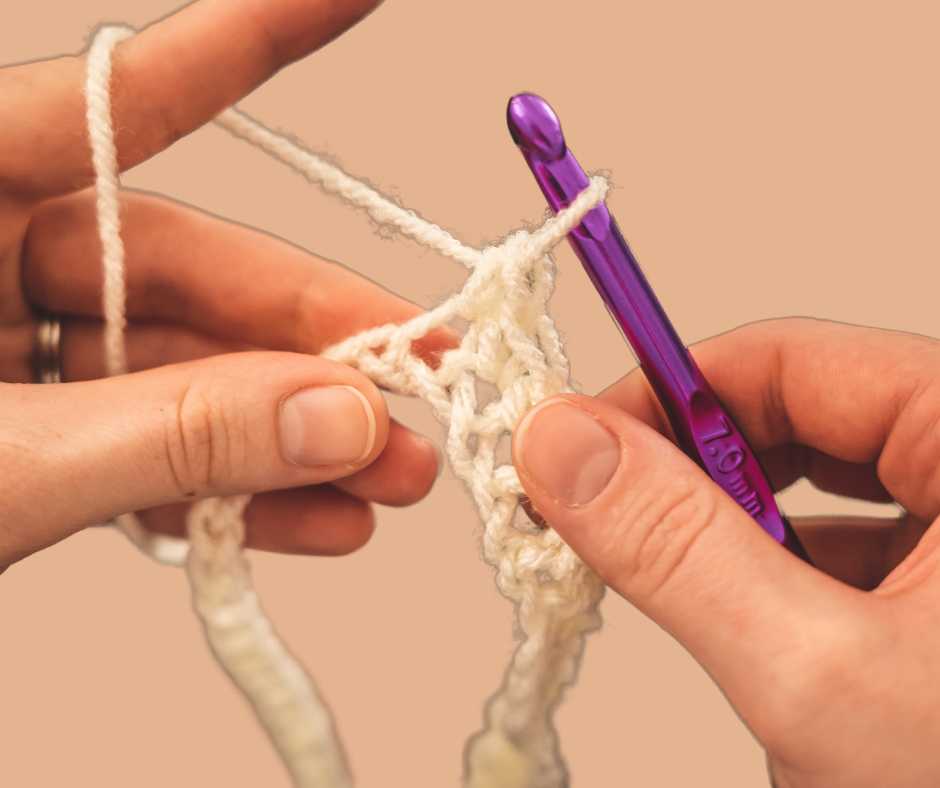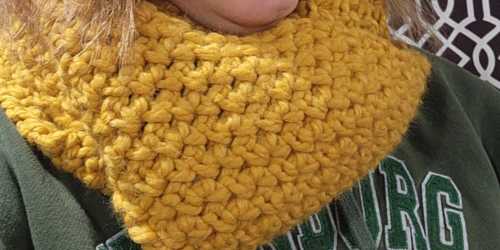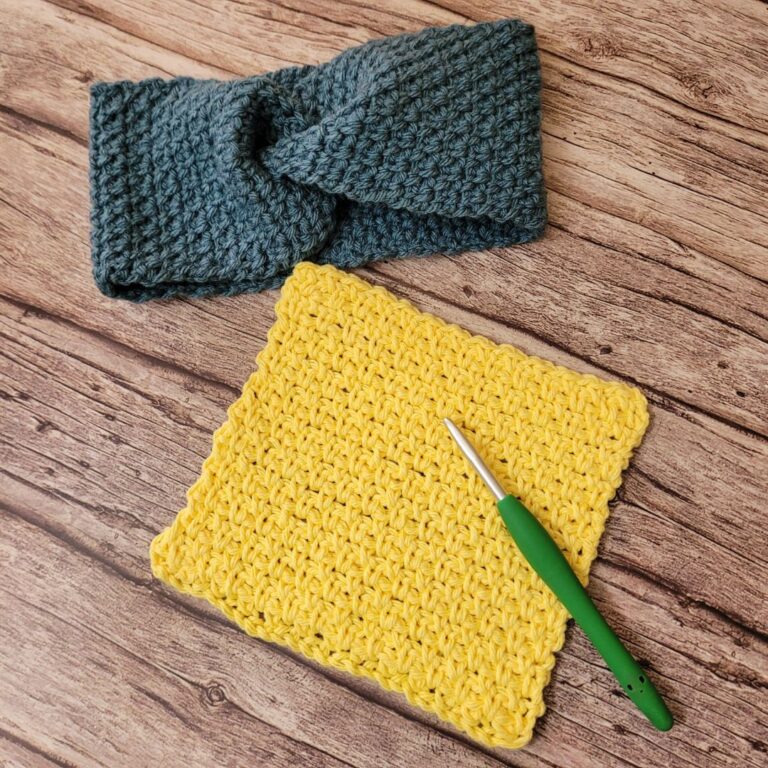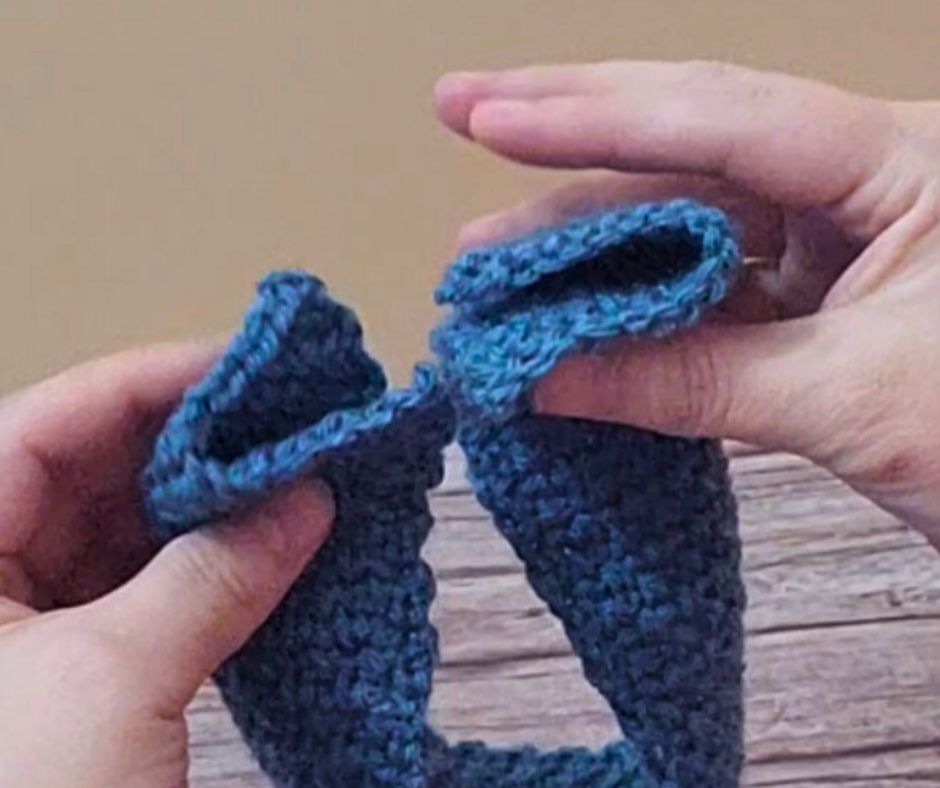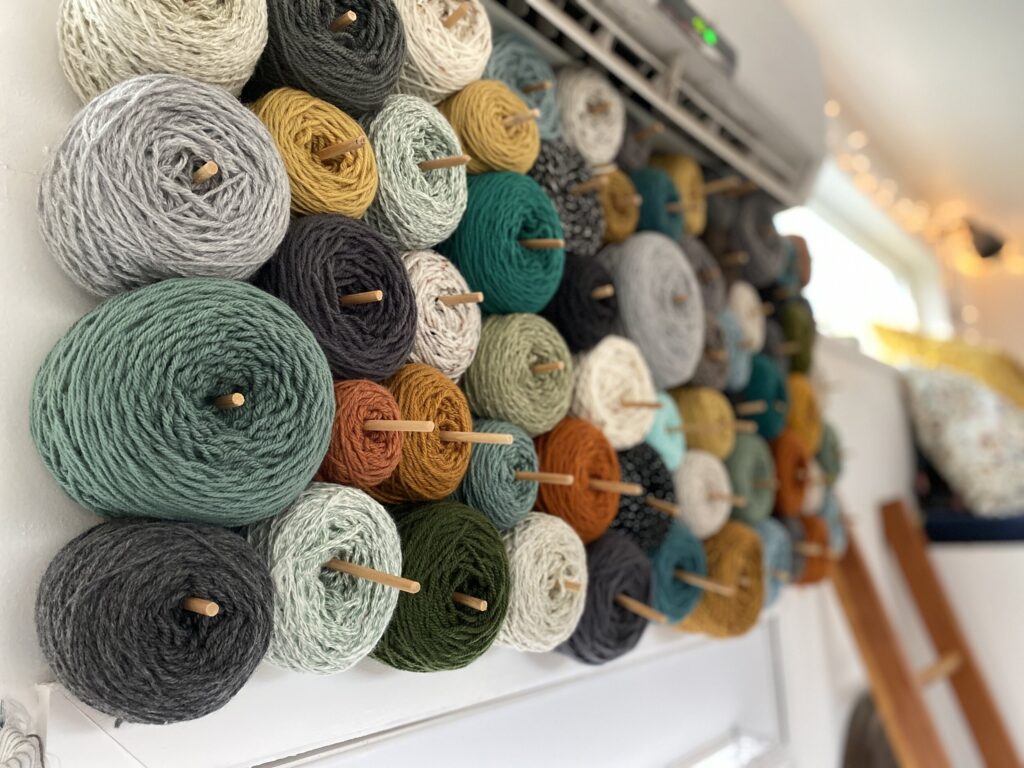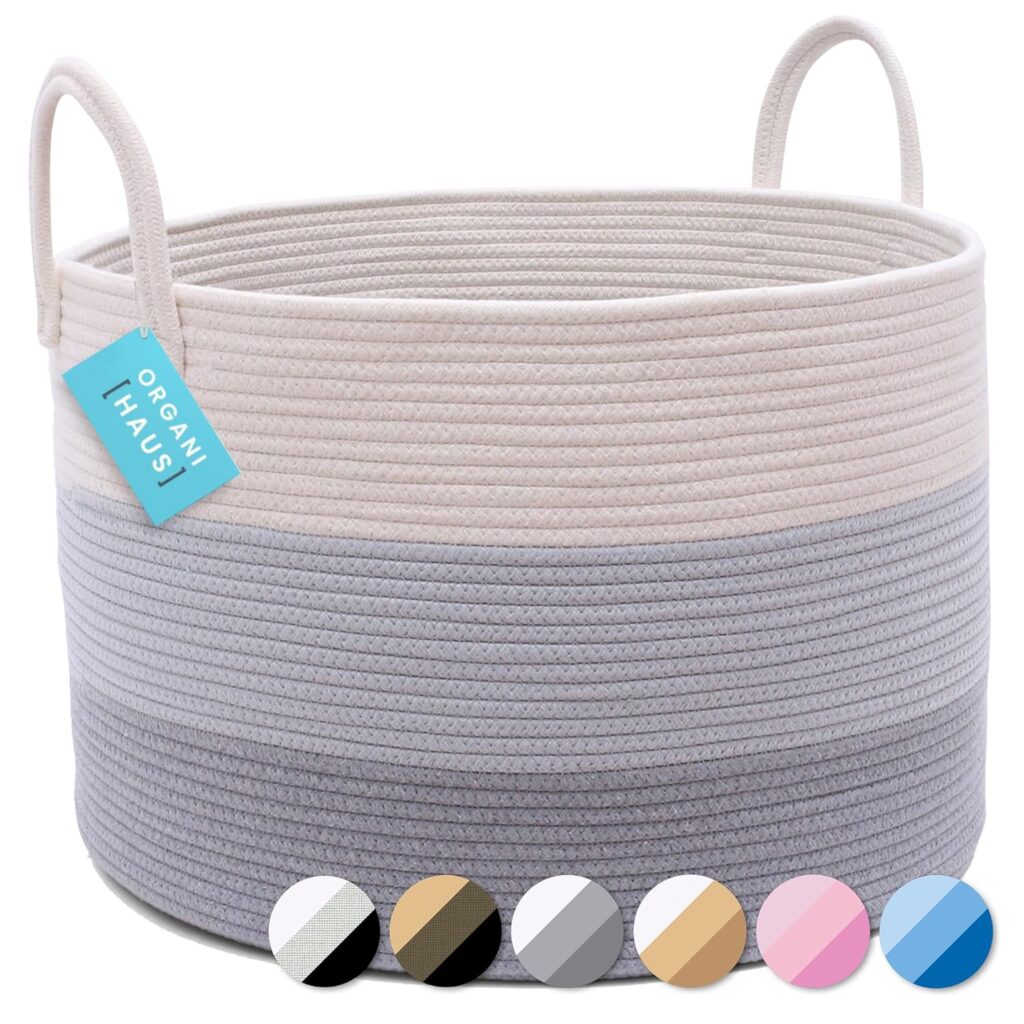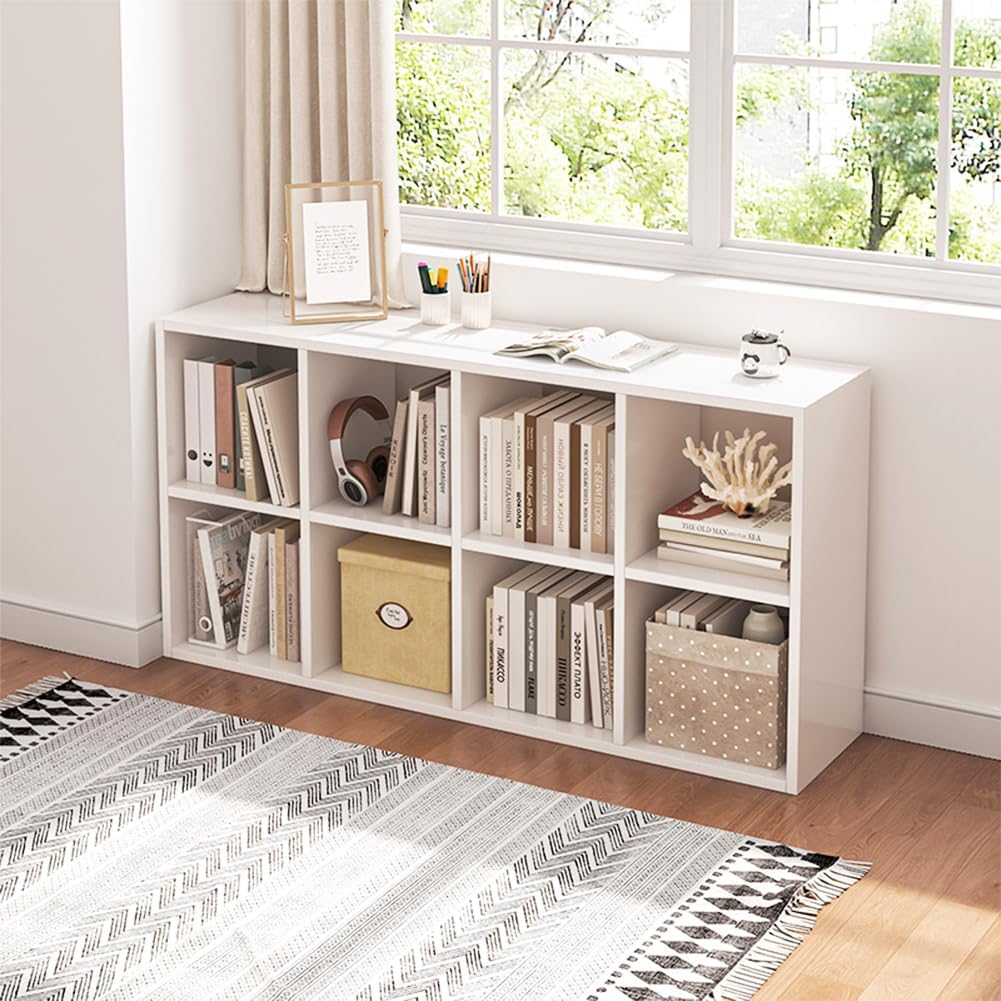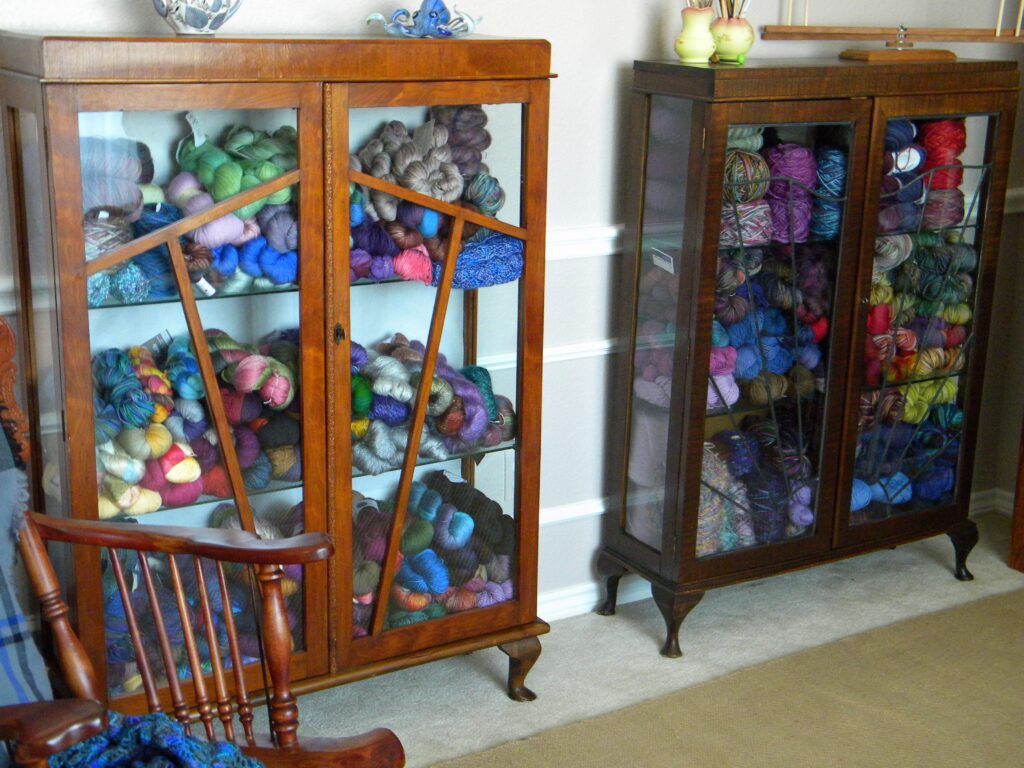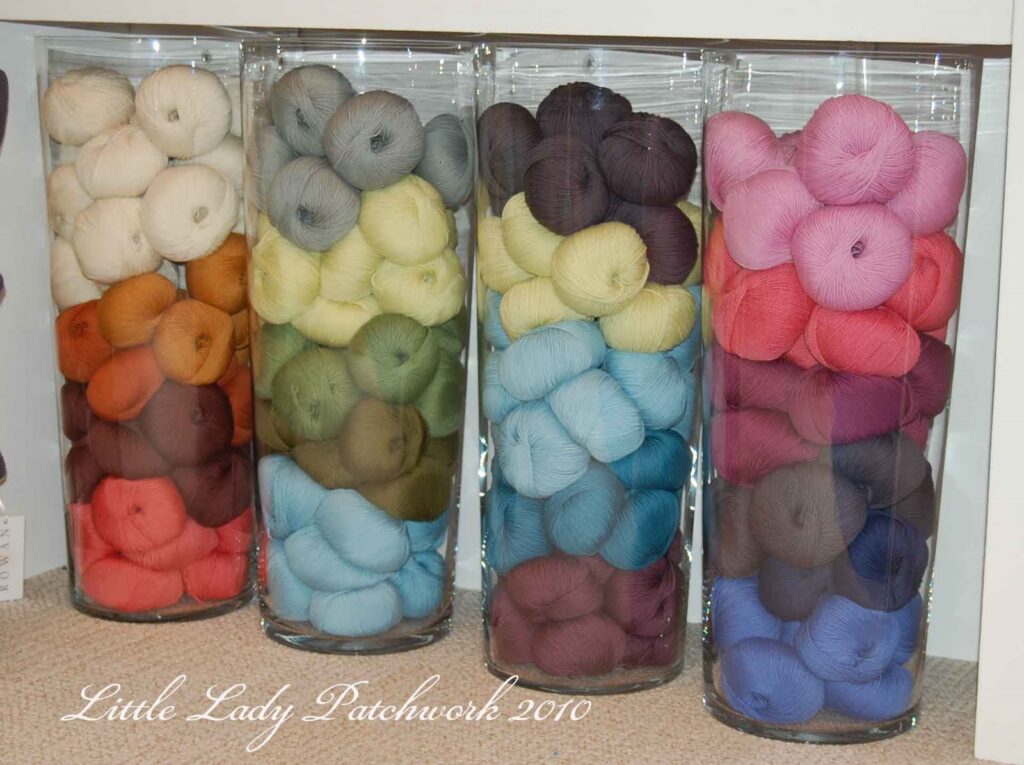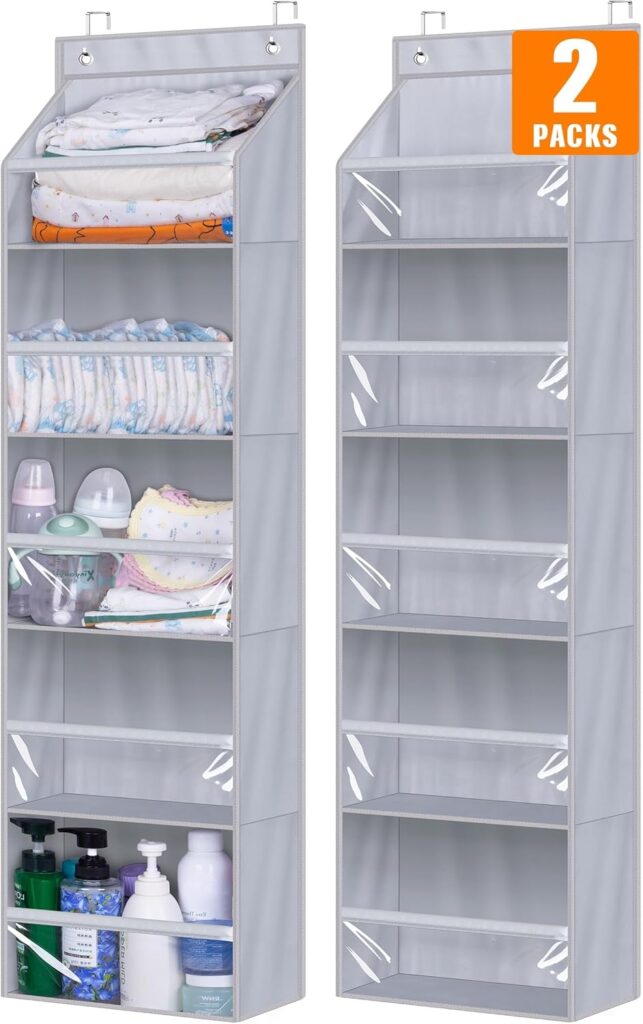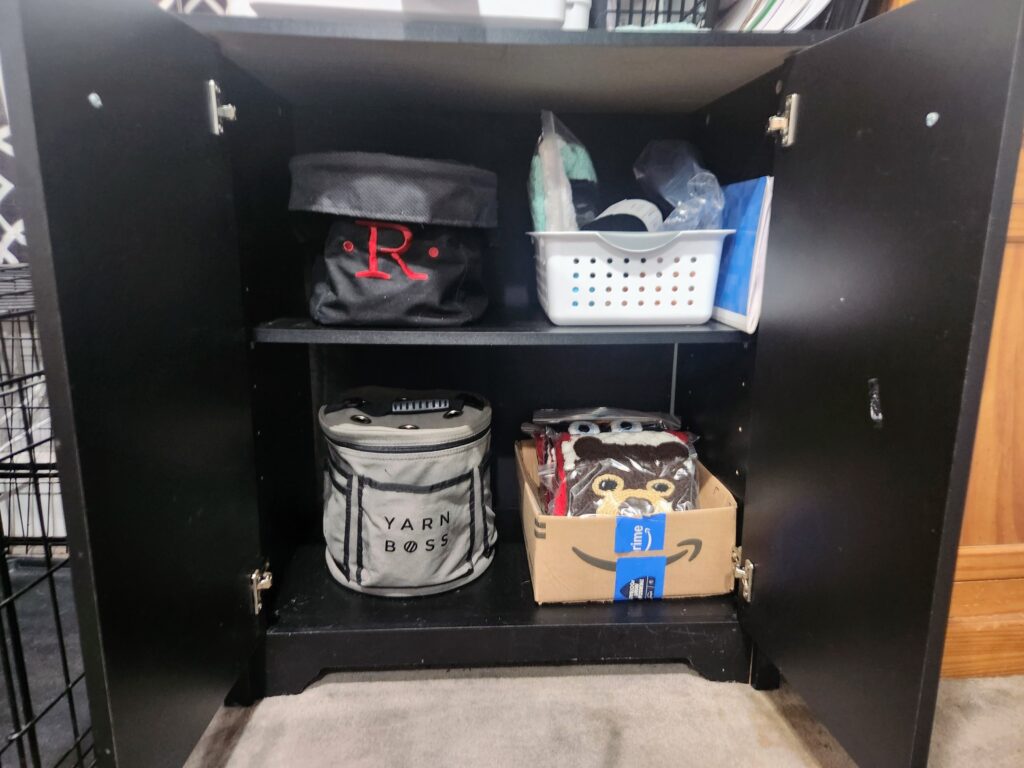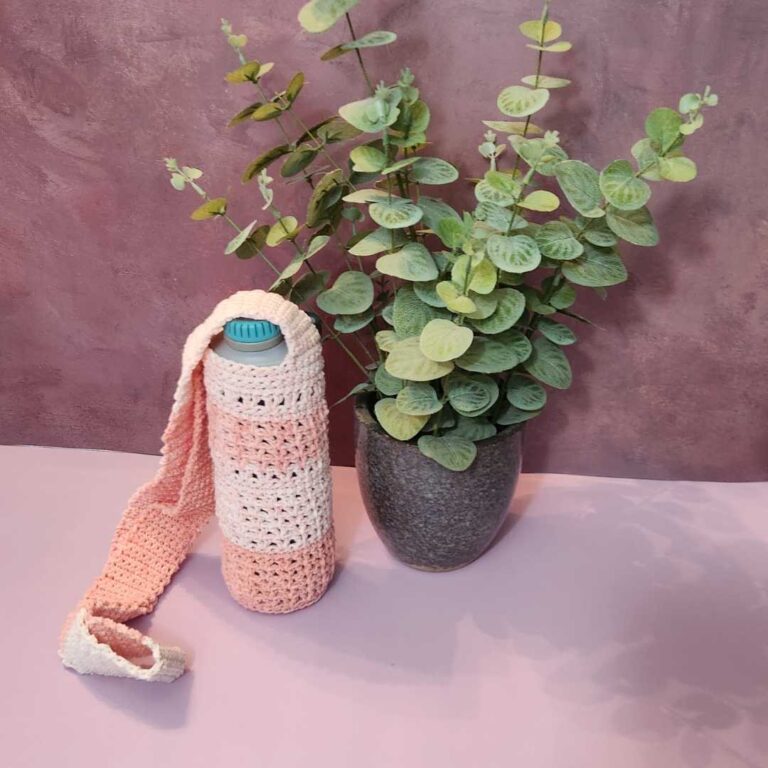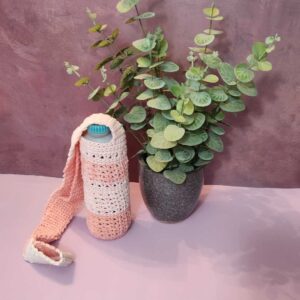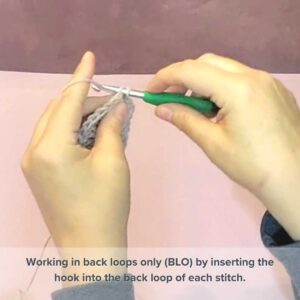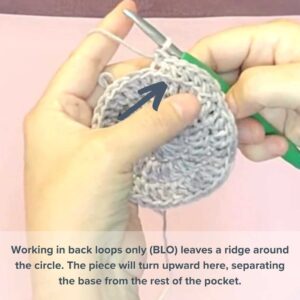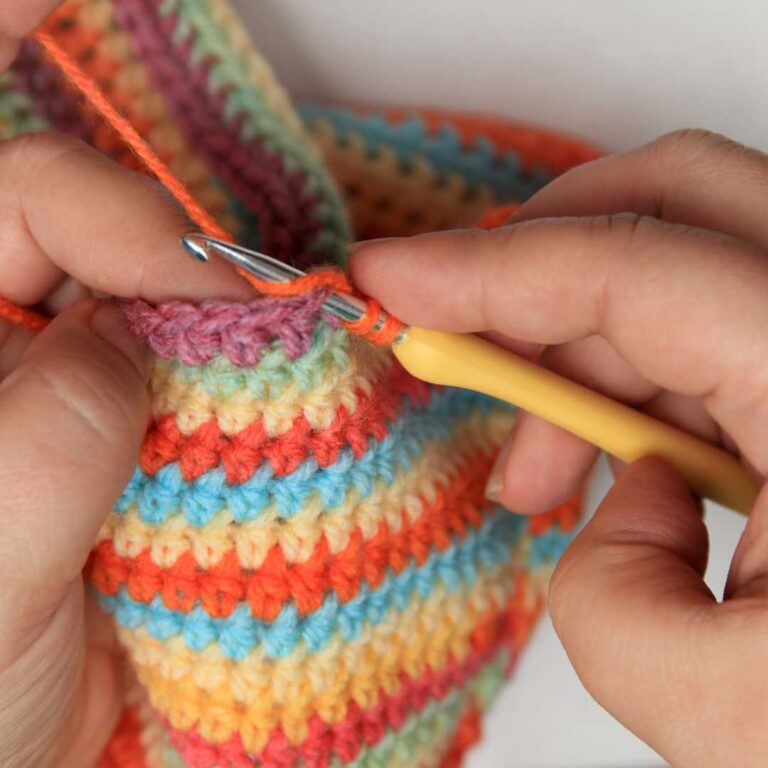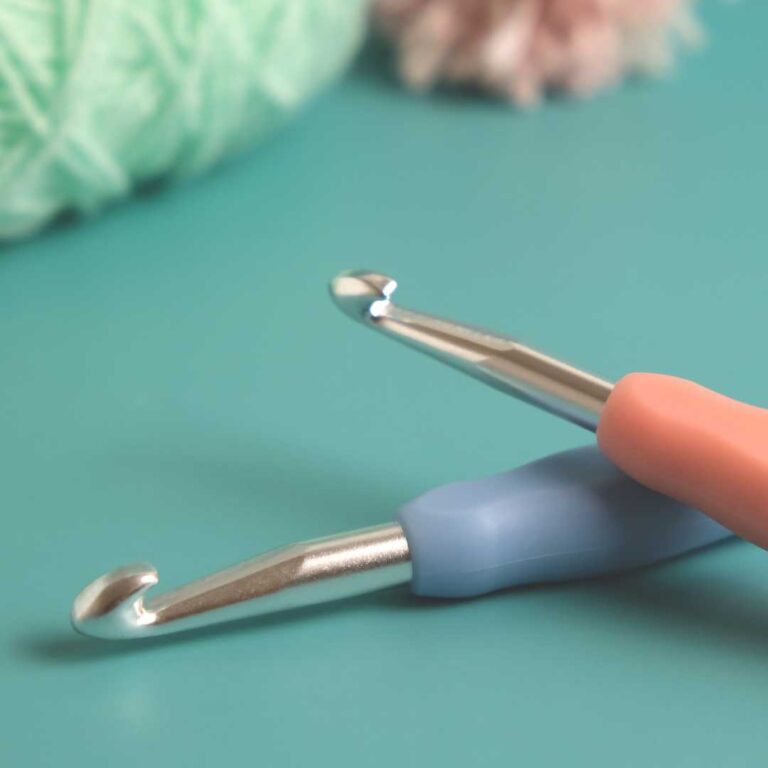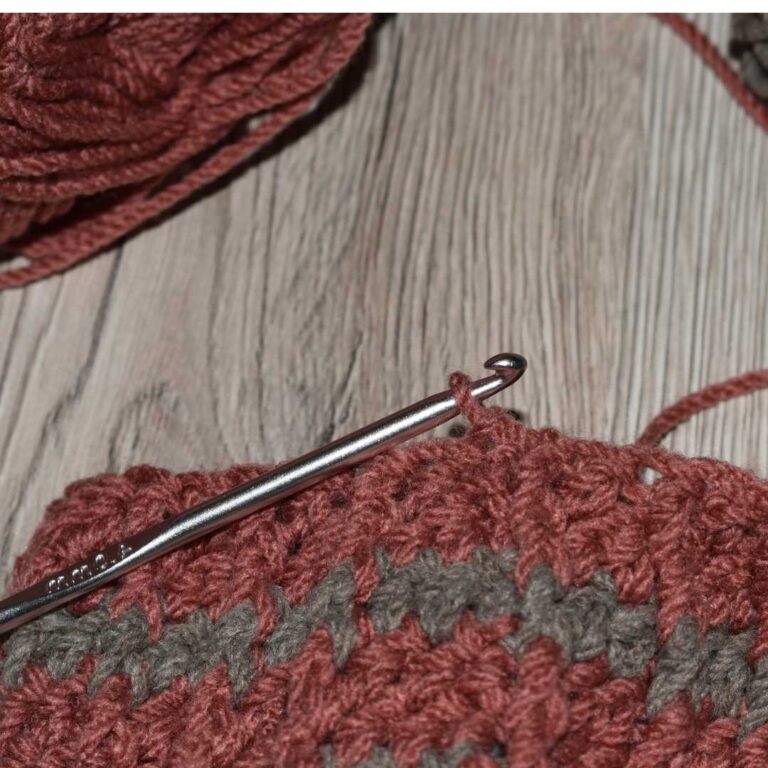Crochet continues to evolve in exciting ways. The crochet trends of 2025 blend new innovations with traditional techniques. There’s something here for every skill level, whether you are just starting or have been crocheting for years. Let’s explore the projects, methods, and designs shaping crochet this year.
Projects: What to Make in 2025
1. Home Décor with Personality
Crochet trends home décor is all about bold textures and shapes this year. Think vibrant throw pillows, richly textured blankets, and rounded items like poofs and baskets. Maximalist designs are taking over, with intricate patterns and eye-catching colors that add personality and warmth to any space.
2. Granny Squares Reinvented
When you mention crochet to most people, the first thing they often picture is the granny square. Well, this year, the granny square is getting a modern twist. Updated color schemes and fresh patterns make this classic pattern very versatile. You can use them in garments, blankets, and accessories. It’s also perfect for stash-busting and experimenting with new techniques.
3. Playful Toys
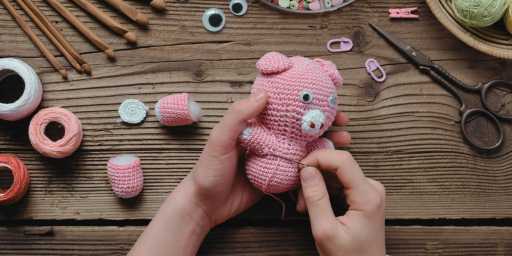
As a former teacher with three grandchildren and two more coming in July, I’m on board with this trend. Crochet toys in 2025 focus on STEM projects such as rockets and sensory items using textured designs. Crocheters are returning to their youth and bringing patterns inspired by Tamagotchis and pixelated designs. Screen-free play options like crochet tea sets and dolls are gaining popularity with parents for their kids.
4. Wellness and Self-Care Items
People have long recognized how crochet can relieve stress, so crochet projects promoting relaxation and mindfulness will be popular. Practical projects like weighted blankets and eye masks serve a purpose while staying cozy. These projects combine crafting with self-care.
5. Stylish Accessories
Even as a fan of crochet, I have to admit that many wearable projects in the past have been less than impressive. But this year, items like bags, hats, jewelry, belts, and crochet accessories are all about making bold, handmade statements. These unique pieces add a personal touch to any outfit, and I’m here for it.
Techniques: How to Crochet in 2025
1. Tunisian Crochet
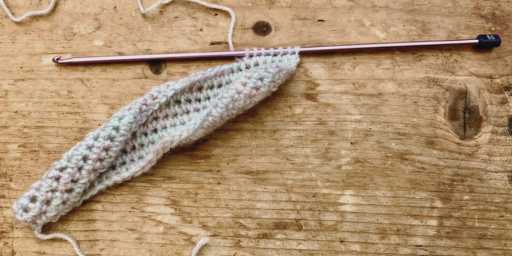
Tunisian crochet is a hybrid of crochet and knitting, and it is getting more popular among crocheters. Tunisian techniques are ideal for creating textured blankets, garments, and accessories with a polished, knit-like finish.
2. Mixed Media Creations
This year, trending items include mixing crochet with other crafts like embroidery and macramé. Adding different techniques creates unique projects. This method gives you more ways to make each piece unique.
3. Oversized and Textured Designs
Chunky yarns and bold, oversized pieces are trending, from cozy sweaters and large shawls to statement-making blankets. Textured stitches add depth and dimension to these striking creations. (Check our easy chunky scarf pattern here!)
Styles and Colors: Setting the Tone for 2025
1. Vibrant and Earthy Colors
Neutrals are so last year! 2023 is all about bold, saturated hues! Pantone’s Color of the Year, “Mocha Mousse,” reflects the rising trend of earthy tones. Jewel tones and bright shades are also making a splash, adding energy to your crochet projects.
2. Nostalgic Fashion
Retro styles from the 90s and 2000s are back in crochet. Popular crocheted items in 2025 include crop tops and leg warmers. Some people are even bringing back the era with grunge-inspired accessories. These pieces add a modern twist to vintage looks.
3. Nature-Inspired Motifs
Floral and botanical designs flourish, reflecting a desire to connect with nature through craft. Leaves, flowers, and organic patterns bring an earthy vibe to your crochet work.
4. Sustainable Materials
Eco-friendly and recycled yarns are leading the way as crocheters prioritize sustainability. Choosing these materials supports the environment and creates long-lasting, meaningful projects.
Why These Crochet Trends Matter
Crochet is more than just a hobby. The projects you choose to create let everyone know what matters to you. From eco-friendly choices to bold designs, crochet can match any style or purpose. I hope the crochet trends we’ve explored in this post inspire you to think outside the box and take your crochet to the next level.
What trend are you most excited to try? Let’s make 2025 our most creative year yet!
